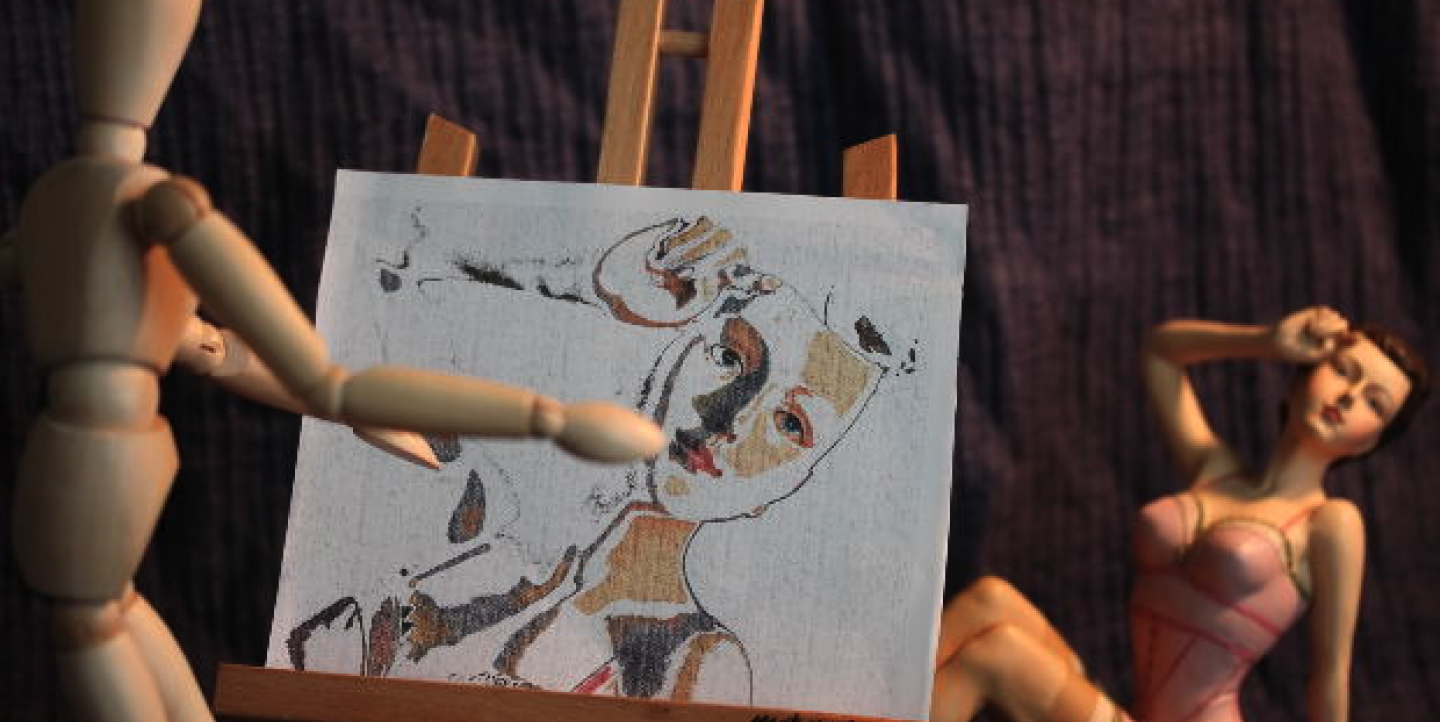If you’d like to bring your story to life in a tight space — say, 500 words or less — try traveling back in time to your 3rd or 4th grade classroom. Back then, your teacher most likely instructed you to write short pieces about a memorable person, place or thing.
He or she probably advised you to identify a theme — and then narrow the scope of your story — by selecting a character, a setting or an object that was relevant to your theme.
With that in mind, here are some tips for describing people, places and things.
Writing about a person
Consider how Pico Iyer, author and essayist, focuses on one person in his New York Times piece about a Lawson convenience store in Nara, Japan:
"The one person who has come to embody for me all the care for detail and solicitude I love in Japan is, in fact, the lady at the cash register in Lawson. Small, short-haired and perpetually harried, Hirata-san races to the back of the store to fetch coupons for me that will give me ten cents off my “Moisture Dessert.”
How does Iyer paint a portrait of Mrs. Hirata in a few sentences? Some tips:
Use a few physical details and mannerisms to help the reader see the character. We understand that Mrs. Hirata is “small, short-haired and perpetually harried.”
Show the character in motion, when they are busy and interacting with others. Mrs. Hirata races to help the narrator, and we recognize her thoughtfulness. Mrs. Hirata bows to the gangster, and we recognize her deferential personality, as well as her ability to deal with all sorts of people.
Writing about a place
Anthony Bourdain, chef and TV personality, specializes in writing about far-flung locales, many of which are less than romantic. Notice how he describes a hotel room in Pailin, Cambodia, in his 2001 book, “A Cook’s Tour”:
"Picture this: a single swayback bed, a broken TV set that shows only fuzzy images of Thai kick-boxing, a tile floor with tiles halfway up the wall and a drain in the middle – as if the whole room were designed to be quickly and efficiently hosed down. There’s one lightbulb, a warped dresser, and a complimentary plastic comb with someone else’s hair in it…
How does Bourdain use one paragraph to put us in the hotel room? Some tips:
Use details — the more precise, the better. The writer introduces us not just to the broken TV set, but to what program is on — Thai kick-boxing; not just to the floor, but one with tiles halfway up the wall...And then there’s the detail that stands out most to me: the plastic comb with someone else’s hair in it...
Writing about a thing
Describing an object is another way to narrow the scope of your story. Let’s study a passage written by travel writer and novelist Paul Theroux, who loves trains and railways. Here, he describes a train’s sleeping car in his 1975 book, “The Great Railway Bazaar”:
"The romance associated with the sleeping car derives from its extreme privacy, combining the best features of a cupboard with forward movement. Whatever drama is being enacted in this moving bedroom is heightened by the landscape passing the window: a swell of hills, the surprise of mountains, the loud metal bridge, or the melancholy sight of people standing under yellow lamps. And the notion of travel as a continuous vision, a grand tour’s succession of memorable images across a curved earth — with none of the distorting emptiness of air or sea — is possible only on a train."
How does Theroux bring the train’s sleeping car to life? A few tips:
Compare the object to something that readers can relate to. Theroux uses two images to help us see the sleeping car: “cupboard” and “moving bedroom...”
Show the object’s relationship to its surrounding environment. Theroux presents the sleeping car as a vehicle of “extreme privacy,” but he also shows the passing landscape: “a swell of hills, the surprise of mountains, the loud metal bridge, or the melancholy sight of people standing under yellow lamps…”
Connect the object to the theme of your story. Theroux develops the theme of romance in this passage, and we come to understand this romance through the sleeping car – the “moving bedroom.”
Image via Morguefile.
This is an excerpt of the full article. To read more, click here.
This article first appeared on Poynter Online, IJNet’s partner and the website of the Poynter Institute, a school serving journalism and democracy for more than 35 years. Poynter offers news and training that fits any schedule, with individual coaching, in-person seminars, online courses, webinars and more. The complete article is translated in full into IJNet’s six other languages with permission.

